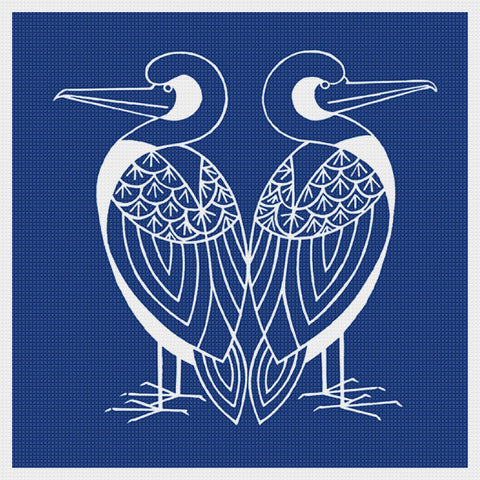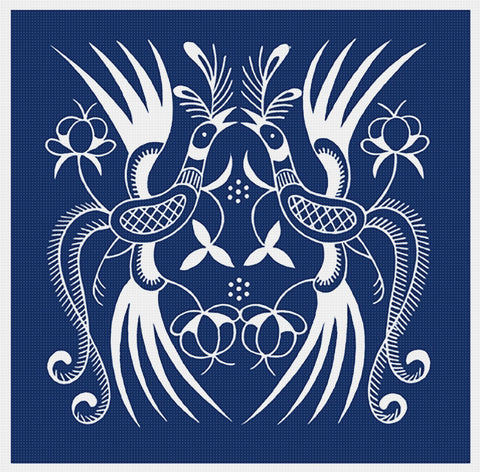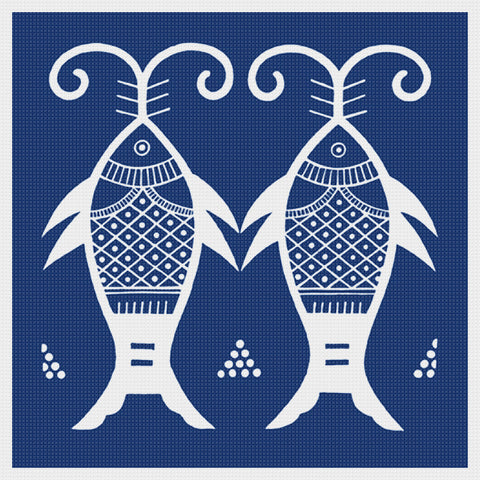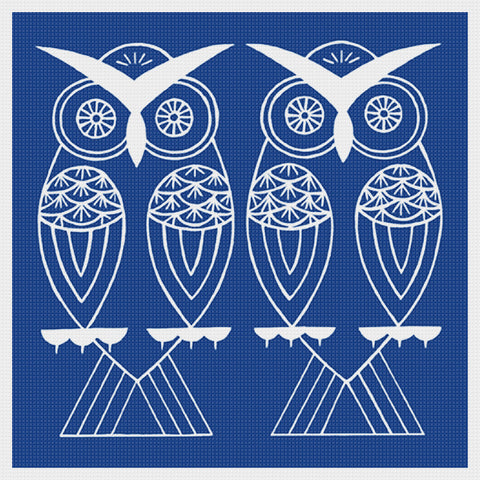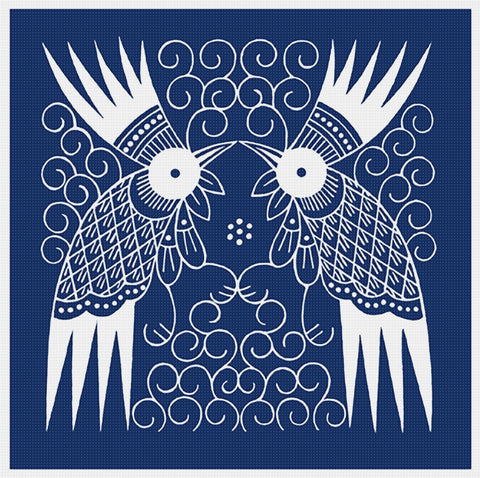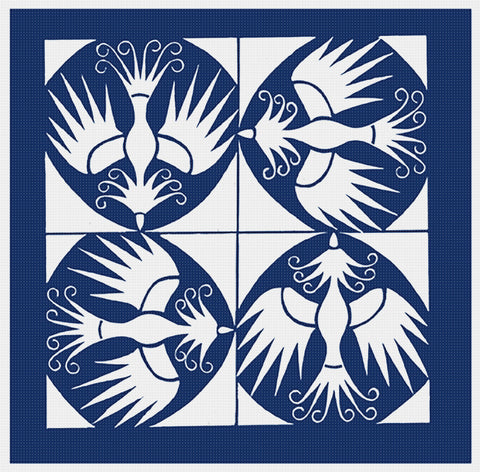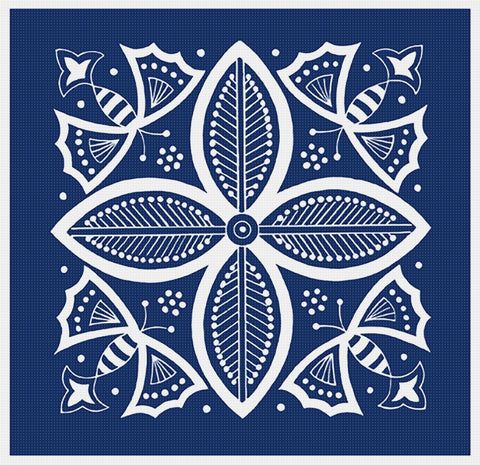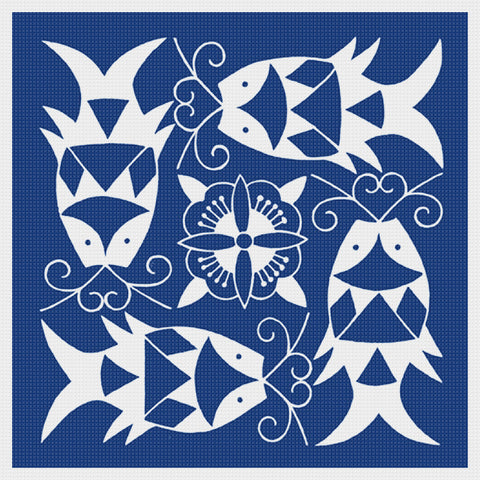- This product is a Digital Download of a COUNTED CROSS STITCH PATTERN. Instructions included.
- This pattern is used to sew and create a cross stitch picture.
- This is NOT a completed product. It is NOT a kit, it is a DIGITAL DOWNLOAD. Floss, fabric, and other supplies are NOT INCLUDED.
- After purchasing you can work from this digital pattern on your device or print the pattern on your own printer.
- The pattern consists of a multi-page enlarged chart that is easy to follow as you work.
- This pattern is in Black and White and uses symbols to differentiate the different threads you will use. It is NOT IN COLOR.
- See the detailed product images attached to this listing showing what you will receive and what the pattern looks like.
- Chart/Patterns use up to 40 colors of floss, which YOU must provide.
- This pattern uses Full Stitches only. No half stitches, and no backstitching necessary.
- Charted for 14 count fabric and DMC Cotton Floss. Finished size is 14 inches (196 Stitches) by 14 inches (196 Stitches).
These Illustrations were drawn by Naturalist Samuel Fallours and published by Louis Renard in 1719 in the Netherlands. It is unfortunate that this work is often attributed to Renard and not Fallours. One of the first depictions of marine fauna came from Samuel Fallours, who was in the service of the Dutch East India Company. He made drawings of fish and other marine organisms of the Indian Ocean and brought them back to Holland in 1712. His drawings belong to a number of sets of similar drawings, depicting hundreds of animals, mostly fish but also crustaceans, insects, a dugong, and even a mermaid. Some of these became the basis for 18th-century publications, among them Louis Renard'ss Poissons, Ecrevisses et Crabes (1719) and Francois Valentijn's Verhandeling der Ongemeene Visschen van Amboina, a chapter in his Oud en Nieuw Oost-Indien (1724-1726). Samuel Fallours, born in Rotterdam began his career as a common soldier in the service of the Dutch East India Company. By June 1706, he was serving as a soldier in Ambon, assigned to the main guard-house of Castle Victoria. From September 1706 to June 1712, he held the title of Associate Curate, a kind of assistant to the clergy, entrusted with consoling the sick of Ambon. He left the Indies for the Netherlands in November 1712. During his sojourn in Ambon, (1706-1712) Fallours executed the illustrations.


![[product_title] - Orenco Originals LLC Counted Cross Stitch](http://www.orencooriginals.net/cdn/shop/files/01a14x14FalloursLobsterSTITCHED_1024x1024.jpg?v=1728003216)
![[product_title] - Orenco Originals LLC Counted Cross Stitch](http://www.orencooriginals.net/cdn/shop/files/01a14x14FalloursLobsterSTITCHED_medium.jpg?v=1728003216)
![[product_title] - Orenco Originals LLC Counted Cross Stitch](http://www.orencooriginals.net/cdn/shop/products/whatyouwillreceiveUSE_-_Copy_-_Copy_-_Copy_-_Copy_65a81c73-c5a7-4d12-a95a-5ee39ce8039a_medium.jpg?v=1688672487)
![[product_title] - Orenco Originals LLC Counted Cross Stitch](http://www.orencooriginals.net/cdn/shop/products/ChartExample_-_Copy_-_Copy_3d1af760-4784-4164-938a-022475e78197_medium.jpg?v=1688672487)
![[product_title] - Orenco Originals LLC Counted Cross Stitch](http://www.orencooriginals.net/cdn/shop/products/whats_inside_a_package_-_Copy_a105ade7-5679-43a1-82ab-1e69b5a9098e_medium.jpg?v=1688672487)
![[product_title] - Orenco Originals LLC Counted Cross Stitch](http://www.orencooriginals.net/cdn/shop/products/ChartExample_-_Copy_-_Copy_-_Copy_2_f9440325-dac7-4a92-af6e-a3a39048ede0_medium.jpg?v=1688672487)
